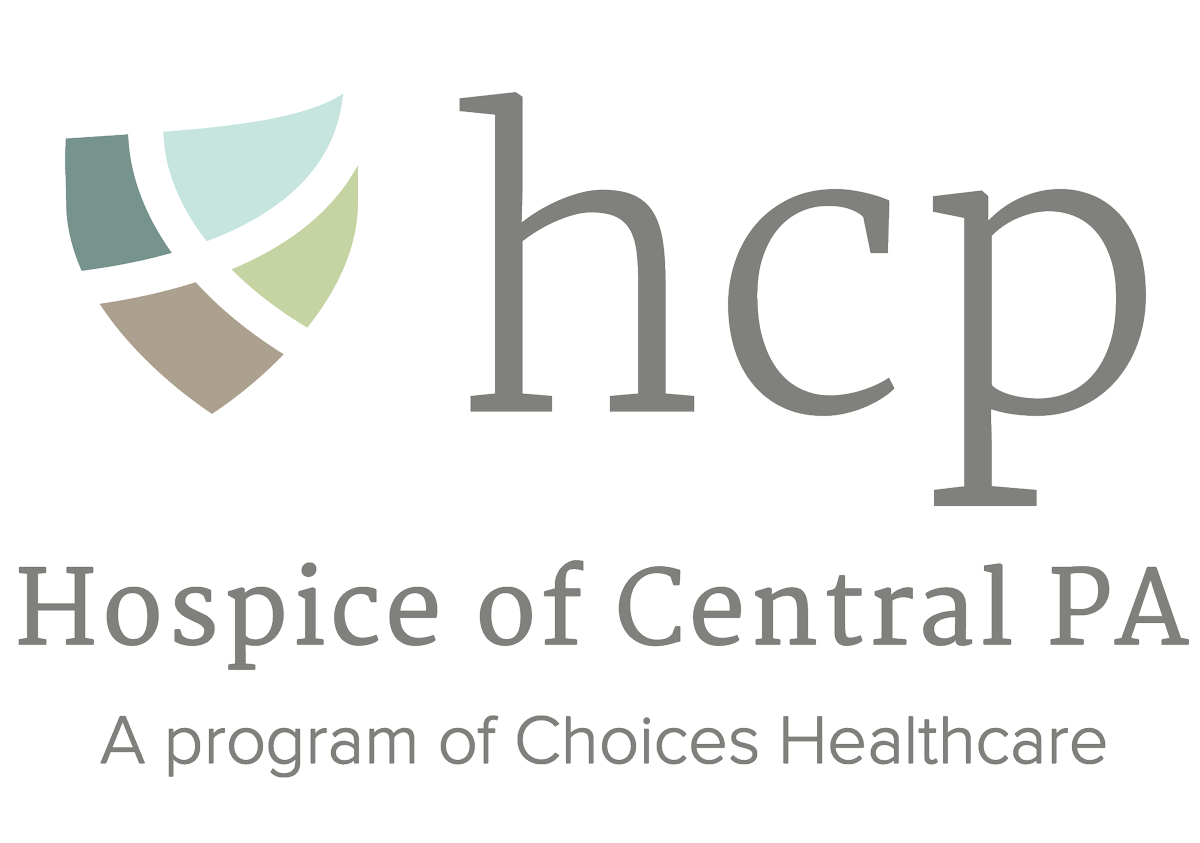President Carter is receiving hospice care – but what is that?
By Cory Messinger
The recent news of President Carter’s decision to elect hospice care at home has been widely shared across all forms of media. Many Americans have heard of hospice before, but are unaware of the full benefits.
What is hospice care? When is the right time to choose hospice services for themselves or a loved one? How does it differ from palliative care? How do people access this type of care? Does the news mean President Carter will die in a few days?
We can help answer these questions and dispel myths so you can help your audience make sense of the news.
“When people are unfamiliar with something, it can cause fear,” says Gil Brown, President and CEO of Hospice of Central PA. “Our team works hard to be a trusted community resource to provide education and opportunities for learning about the benefits of hospice.”
For more than 40 years, Hospice of Central PA has been providing end-of-life care focused on the goals of the patient and their caregivers. The hospice model uses a collaborative approach, which offers a team of professionals whose mission is to increase the quality of life for the terminally ill. The care team includes doctors, nurses, home health aides, social workers, chaplains, and volunteers. Patients receive care in the place they call home.
“President Carter’s decision to initiate hospice care is a testament to the importance of timely and purposeful end-of-life care,” says Hospice of Central PA’s Medical Director, Dr. Maria Olender. “The care provided by hospice focuses on addressing the physical, psychosocial, emotional, and spiritual needs of the dying.”
